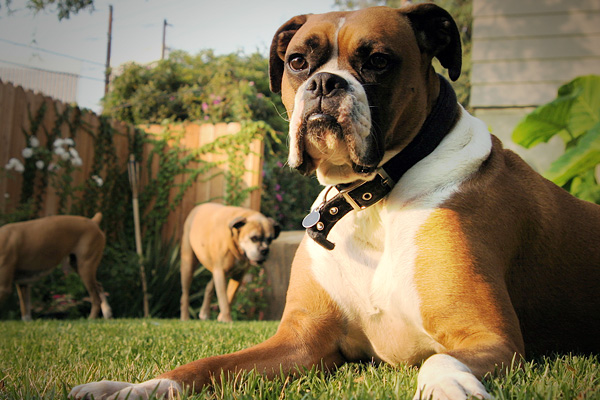Origin:
The Shetland Sheepdog is related to the Rough collie, both dogs descended from Border collies that inhabited Scotland island of Shetland England
The Shetland Sheepdog is extremely bright, sensitive and willing to please. This combination makes for a dog that is very obedient, quick to learn and utterly devoted to his family. He is not only gentle, playful, amiable and companionable, but also excellent with children, although he can nip at heels in play. He barks a lot. The Sheltie will do okay in an apartment if sufficiently exercised. They are fairly active indoors and will do okay without a yard.
Basic Coat Colors
-Sable and white--Sable is dominant over other colors. May be pure for sable (two sable genes) or may be tri-factored or bi-factored (carrying one sable gene and one tricolor or bicolor gene). "Tri-factored" sable and "shaded" sable are NOT interchangeable terms. A shaded dog (one with a lot of black overlay on a sable coat) may or may not be tri-factored or bi-factored.
-Tricolor--black, white, and tan. Tricolor is dominant over bi-black. May be pure for tricolor (2 tri genes) or may be bi-factored (carrying one tricolor gene and one bicolor gene).
-Bi-black--black and white. Bi-black is recessive. A bi-black Sheltie carries 2 bi-black genes; thus, any dog of any other color with a bi-black parent is also bi-factored.
-Life time they live from 12- 15 years
















